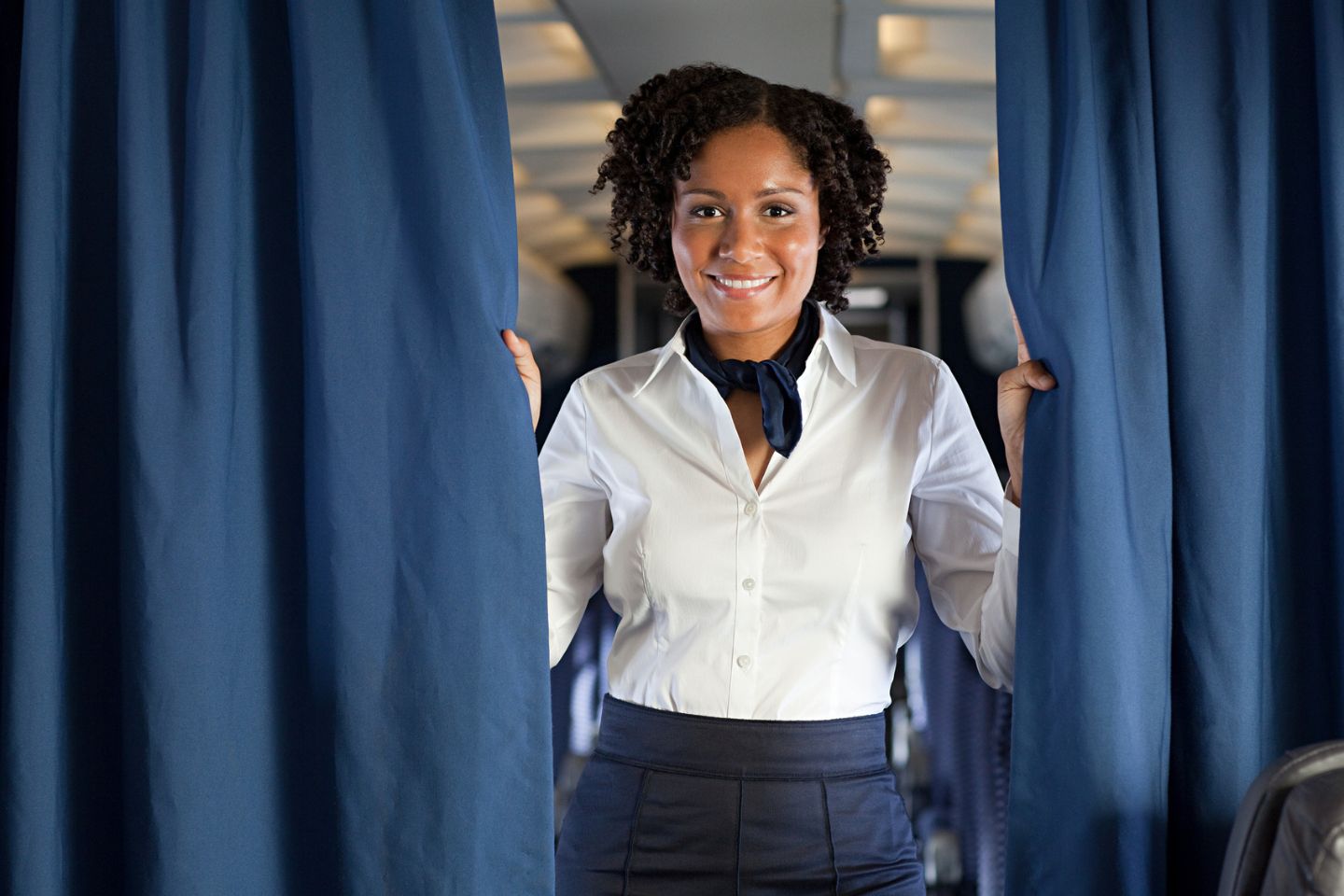In the bustling world of aviation, communication is paramount. Flight attendants, the unsung heroes of the skies, have developed a rich lexicon of industry-specific terms to ensure the seamless operation of flights. From the galley queens to jump seats and spinners and runners, here’s a comprehensive guide to the vocabulary that keeps flight attendants in sync.
Jump Seat
A jump seat is a fold-down seat exclusively for the cabin crew during takeoff and landing. It’s not your typical passenger seat but a compact, practical perch to accommodate flight attendants. They use jump seats for safety during turbulence or emergencies, ensuring they are secure and ready to assist passengers immediately.
Bulkhead
Bulkhead refers to the partition or wall separating different cabin sections. It often features seats with extra legroom or a bassinet for infants. Flight attendants might use this term to identify the location of specific passengers or to discuss seating arrangements during in-flight briefings.
Galley and Galley Queen
The galley is the nerve center of any aircraft, akin to a kitchen in a restaurant. It’s where flight attendants prepare meals and beverages, manage supplies, and store essential equipment. In-flight service revolves around this hub, making it an integral part of the cabin crew’s workspace. A “galley queen” refers to a flight attendant who excels in galley duties, ensuring everything runs smoothly from meal preparation to beverage service.
Spinners and Runners
The terms “spinners” and “runners” help distinguish between flight attendants working in different sections of the aircraft. Spinners are those who serve passengers in the front or first-class area. Runners tend to serve passengers seated in the economy or rear section. The division ensures efficient service and minimizes disruptions during the flight.
Crosscheck
Crosscheck is critical in confirming that the cabin crew secures the cabin for takeoff, landing, or taxiing. It entails verifying all doors, windows, and emergency exits are properly sealed and that all safety equipment is in place. Flight attendants crosscheck each other’s work to ensure they notice everything, reinforcing the safety culture on board.
Infamous Crash Position
While not exclusive to flight attendants, the “crash position” holds essential significance. In the event of an emergency landing, passengers are instructed to assume this posture. Flight attendants frequently guide passengers to this position, stressing the importance of staying calm and following emergency instructions.
Code Words
Flight attendants also use code words to communicate certain situations to their colleagues discreetly. For instance, “Code Bravo” might alert fellow crew members of a fire on board, while “Code Red” indicates a medical emergency requiring immediate attention. These codes ensure quick and coordinated responses to various in-flight incidents.
All-Call
During emergencies or critical phases of a flight, flight attendants activate an “all-call” to ensure that everyone on the crew is informed about the situation. This action coordinates efforts and confirms that each crew member is ready to carry out their tasks.
The unique terminology used by flight attendants serves as a linguistic code that ensures precision, efficiency, and safety in the challenging air travel environment. Understanding these insider terms sheds light on the meticulous coordination behind the scenes during every flight, making air travel a safer and more pleasant experience for passengers worldwide. The next time you’re on a flight, remember that when flight attendants use these words, they’re not just jargon—they’re part of a finely-tuned operation that keeps flights running smoothly.





